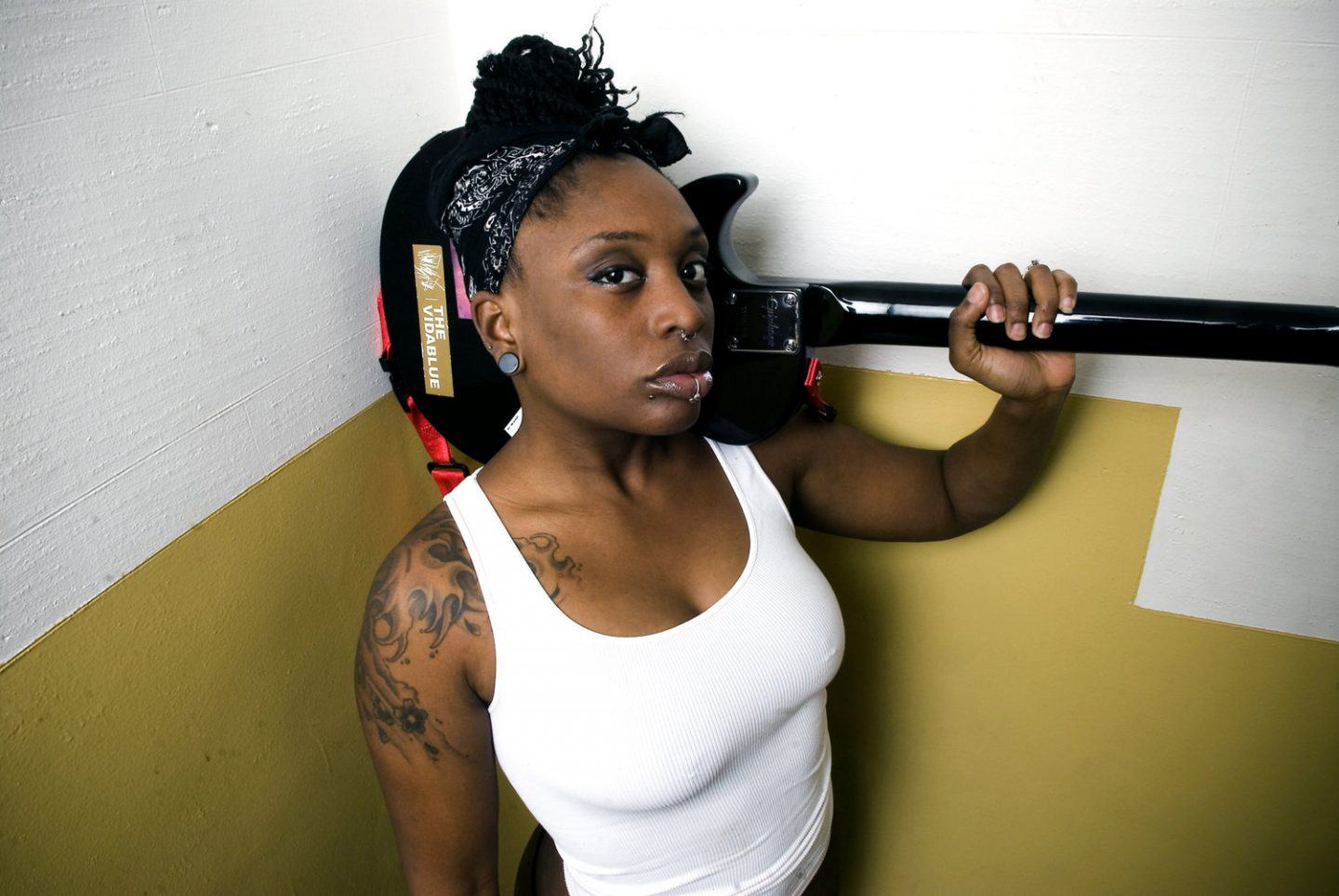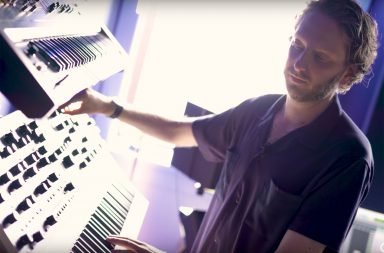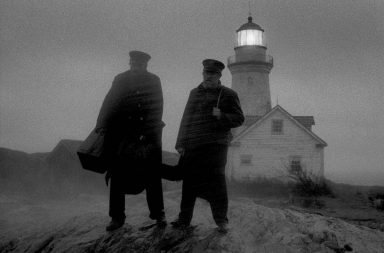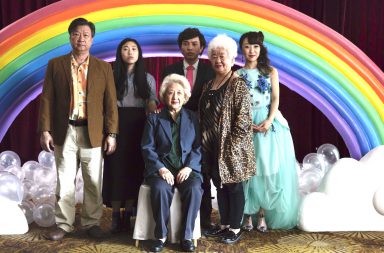Tamar-Kali Brown is an American punk-rock singer-songwriter based in Brooklyn, New York. An incredibly talented writer, singer and composer, her music is never truly definable. It is the electric mismatch of the classical music of her Catholic upbringing with a punk-rock edge. Her unique and versatile sound and skills have allowed her to perform alongside a wide range of artist such as Paramore, Roger Waters, Meshell Ndegeocello and The Roots. Tamar-Kali further composes and arranges the music for her string sextet and voice project: Psychochamber Ensemble.
Mudbound marks Tamar-Kali’s debut in the film scoring world, and what an exciting start! After previously collaborating with director Dee Rees’ on her award-winning film Pariah and the HBO biopic Bessie staring Queen Latifah, Tamar-Kali once again collaborates with the innovative director on Mudbound.
Based on the novel by Hillary Jordan, Mudbound tells the story of two men of different classes and different races returning home from World War II. They come back to work with their families on a farm in rural Mississippi where the Jim Crow laws were still enshrined in law and practice. Here, the young men are faced with the same bigoted, racist attitudes that the War had ironically freed them from.
Score It Magazine: To start off with, can you tell us a bit about how you initially got involved with this project and your collaboration with Dee Rees? This isn’t the first time you’ve featured in her films, is it?
Tamar-Kali Brown: This is my third time working with Dee, I’ve essentially worked with her on all of her features. I initially fell into working with her through her first cinematographer Bradford Young when she was changing her short film Pariah into a full-length feature. She was looking for some diegetic music to include and Brad was familiar with my work because we have a friend in common, James Spooner, who did the documentary Afropunk. He suggested that she might want to check some of my music out. She did and the production got in touch with me and asked if I would be willing to create some original music for the film to be used in the soundtrack. I saw the short and thought, ‘Absolutely!’, I really loved what I saw. It snowballed and I ended up having a cameo and performing in the film, which was pretty cool. Dee was becoming more familiar with my work as a composer and performer, and she became familiar with my historical work around the blues and a string voice project that I have called Psychochamber Ensemble. From that point, she told me that she wanted me to score Bessie. I submitted for the job but I didn’t get it, and I think that that gave her the impetus to make sure that on her next project, she would have a say in that regard. That next project was Mudbound.
Did she give you directions or did you have free reign over the score?
Dee has a very strong vision and her periphery is pretty wide, so she thinks about several aspects of the film and of the post-production, about what that might look like. She already had an aesthetic that she was married to, and that was strings. My work with strings is what made her choose me for the job because she wanted something that was intimate, maybe a bit ominous and melancholic in sections, and that’s definitely in my wheelhouse. Initially, in some of the mock-ups I did, there was some piano but she was really married to the idea of having solely strings. In terms of the sound of the strings, she was very partial: she wanted the lower end to be very present – which I do in my projects. I regularly work with two violas, so I’ve worked in that environment where I’ve had multiples violas or cellos. Essentially, we talked about the emotions involved in the film. She tends to give more impressionistic directives, so we talked a lot about the environment, the climate, nature and these themes of man against nature, survival, depression, oppression. She really stuck how we would translate these ideas through the composition.
Mudbound is your debut film score and what a start! Why did you decide to transition into composing for images? What were the challenges?
As an artist, my compositional style, my artistry, my songwriting, are influenced by other disciplines of work; literature, philosophy, visual art, cinema. In terms of writing for pictures, I didn’t have an analytical or theoretical approach in that regard. I’m a composer, I know how to compose, I compose from the inspiration from a concept and those same things are applied. I think that the major shift that happens is that when you are composing for yourself to perform, you have the final word. When you’re a hired composer, you have to go through a feedback process. I was very lucky in that regard because it was basically a circle of three; myself, Dee and the music editor. I was very lucky that I didn’t have a whole bunch of studio executives that my work had to be funnelled through. We also didn’t have the luxury of time. That model wouldn’t have worked for the time that we had, it was an indie film with a limited budget and the timing was limited to just under 5 weeks to complete the project. For me, it was making sure that from the beginning I was real with myself. I’m bearing the babies but they are not going to be my children. I had to understand that immediately because if I had not, maybe there would be more ego involved when it was time to get the feedback and make edits. The beautiful thing about it was that this wasn’t an issue because I was so inspired by the film, the performances by the actors are super strong, it has a great screenplay.
Once I knew what the title was I did that research and I read the novel on which the film is based. I was committed to the characters and the story ahead of time, so when I had that initial private screening to get started thinking about some musical ideas, I felt like I was in a really good place. What I saw, on the heels of reading the novel, was just a great depiction of the story that I had read. Fleshed out in different ways, creating more space for some characters that even existed in the book. It was just so exciting and inspirational. Also, the visuals, the work that Rachel Morrison did in terms of cinematography, were so strong. I spent a lot of time looking at it, letting it wash over me. I felt like I was creating a sonic painting top of the pallet she had laid with the imagery. I was able to work in conjunction with the spirit of all the other work that had gone into it before I joined.
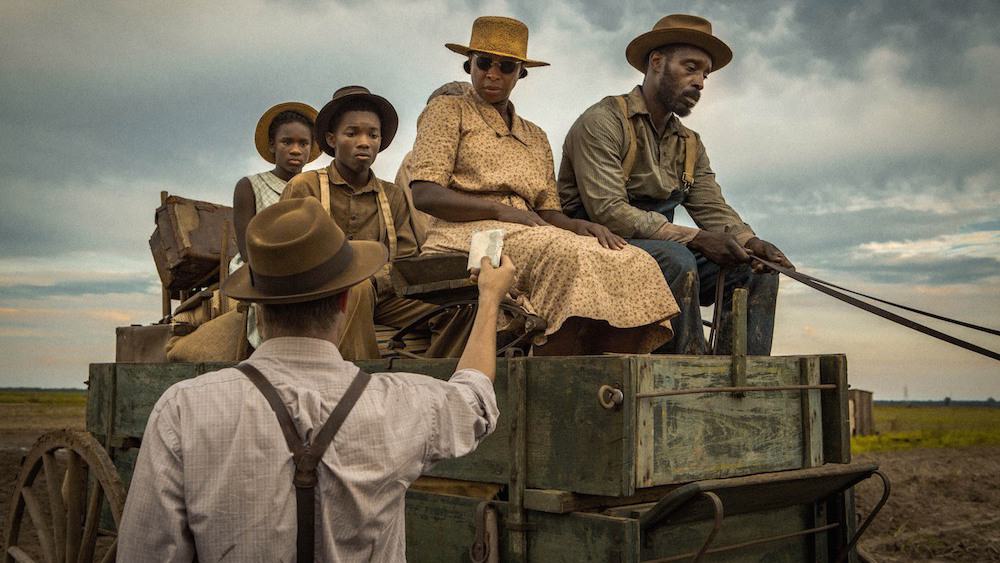
Garrett Hedlund, Mary J. Blige and Rob Morgan in Mudbound (directed by Dee Rees) | Photo by Steve Dietl.
Did you draw inspiration from any other artists when working on the composition for Mudbound?
In terms of work that existed, that was tantamount to what we were trying to achieve, Jonny Greenwood’s ‘There Will Be Blood’ would be a good example because it was chamber and strings but it wasn’t a big orchestral score. I know that she wanted something minimal, not grand or orchestral because it would do a disservice to the raw intimacy of the film. So that was a great example of work in that spirit.
How did you use your musical background in creating the score for Mudbound?
My background as an independent artist and my DIY ethic certainly made this possible because I had to essentially compose, orchestrate, record and mix 40 minutes of film score in the space of four and a half weeks. Without that background, I probably wouldn’t have been able to do it.
Were you daunted by the fact that your score had to portray dark themes such as racism and war? How did you approach this as a composer?
As an Afro-indigenous woman in America, these are themes I deal with every day of my life. We currently have a president who has been pretty challenging on the international level. We’ve been in wars for quite a long time now. These are just parts of life. To me, the question would rather be: ‘Is it daunting to get up every morning and go about your business under these circumstances?’, because that is essentially what I do.
From the title of the film to the gripping opening scene we know that nature and earth have a very important role to play in this film. Although men try to control it with machine like ‘the mule,’ it forges its own path. How did you tackle the grand important character of nature in this film? Can you tell us a bit about your compositional process?
When we had our spotting session, that’s where I was able to outline exactly where the music would go, and we talked about little themes around the concept and the emotions. When I’m in my own studio I then get to think about what is going on in the scenes.
In terms of how nature is represented, it was more about the character of the farm itself: the farm being the reality of the mud, the rain, the monotony of being a sheer cropper, the early morning picking cotton. But it also has to do with the nature of the people at this time. When we are talking about the nature of people, we are talking about gender, class hierarchy, in that regard of micro, macro. Nature in terms of the natural world and nature in the sense of the nature of man, the nature of oppression. It’s a twofold concept. When I created the sound of the farm, it was essentially a drone because it’s the monotony and this feeling of being stuck, not moving, a real lack of progress.
The concept of being silenced at not having a voice are large themes in this film – the women, the farmhands, even Jamie do not have a say in what society dictates is right and wrong. Can you tell me about the role of silence in your score?
I think that the composition in which I used the most space was ‘Unravellings’. It’s around the moment where Vera approaches Laura about taking her to town to kill her husband. It was one of the most enjoyable cues to write. The performance of the actress was so superb that I described it as writing essentially a duet, a call and a response. Initially setting the stage for this dizzying moment, she’s in her last trimester, she’s clutching this knife, that shot is so disturbing. You’ll notice that the piece shapes around her dialogue, it drops out just before she lets out this primal, guttural scream. I’m definitely aware of how space was used in that piece to frame what was happening at that point in the film.
How did you research and incorporate Mississippi’s rich culture and translate that into the music?
Well I did not at all! I created the score using these impressionistic directives that I received from Dee of the emotional and political themes. My contribution didn’t fall into period or ethnocultural music at all.
The one bit of singing that I did do when I vocalised in the score was congregational style humming. That’s part of my ethnocultural tradition as well, and I initially used it to place when we first encounter Ronsel in his community and they are wishing him well to the war. What is great is that Dee decided that, as opposed to putting the track there, where it might be expected, that we should start the film with it, with the sounds of the Afro-indegenous community while they are digging the grave. I thought this was an absolutely brilliant choice. When we actually had Ronsel’s scene, I still used that composition but instead of the voices I used strings.
With such an exciting start to the film scoring world, can you tell us a bit about any upcoming projects you might have?
I’m looking for opportunities! The ability to be able to collaborate across disciplines is very exciting for me. I’ve always been very intrigued by those legendary relationships between artists and I’ve often cited the relationship between Frida Kahlo and Joséphine Baker, Frida and Trotsky… People who come together over philosophy and ideology and who want to create an exciting, provocative work. What’s very exciting for me is a fellowship of ideas and that’s definitely how I feel when I get to collaborate with talented artists like Dee. I want to have more of that in my life, that’s basically the sweet spot of me being an artist.
I appreciate my journey as an independent performing and recording artist but one of the great thing about collaborating with other artists is that you are able to spend time just composing. In my life as of yet, it hasn’t been truly an option for me. I manage quite a lot of the behind the scenes aspects from an independent tour, recording, performing, so it was exciting to just completely immerse myself in the discipline of writing every day and doing it in reaction and in conjunction with the work of other artists.
Would you hope collaborate with Dee more often in the future?
I mean she has ‘carte blanche’, she has such a vision, and the reason we were able to do this was because I was completely open. Since Pariah I was so pleased to be a part of a work that I thought was so pivotal and important. I essentially said, ‘Hey sis, whenever’, and here we are today.
Interview prepared, conducted and transcribed by Priya Matharu
Edited by Valentin Maniglia
